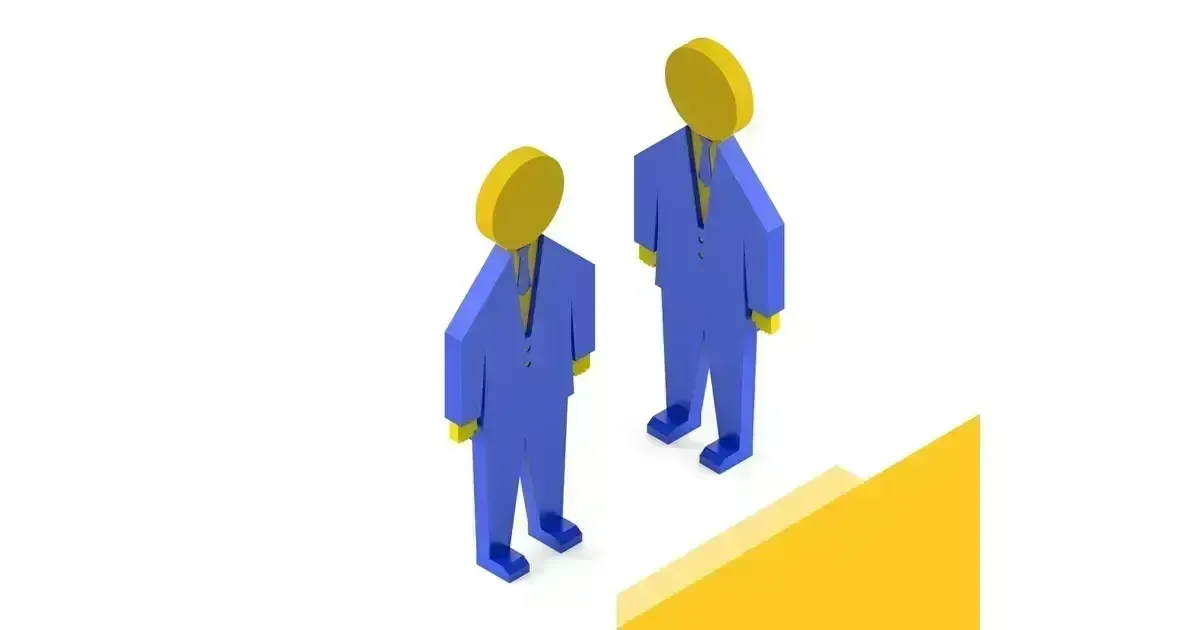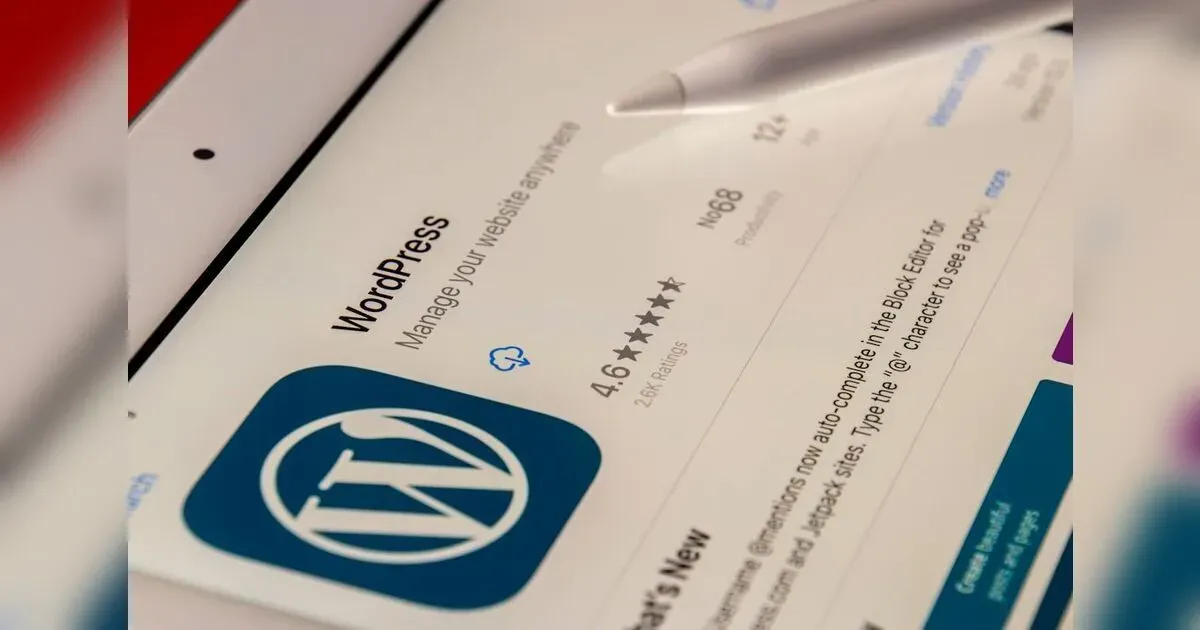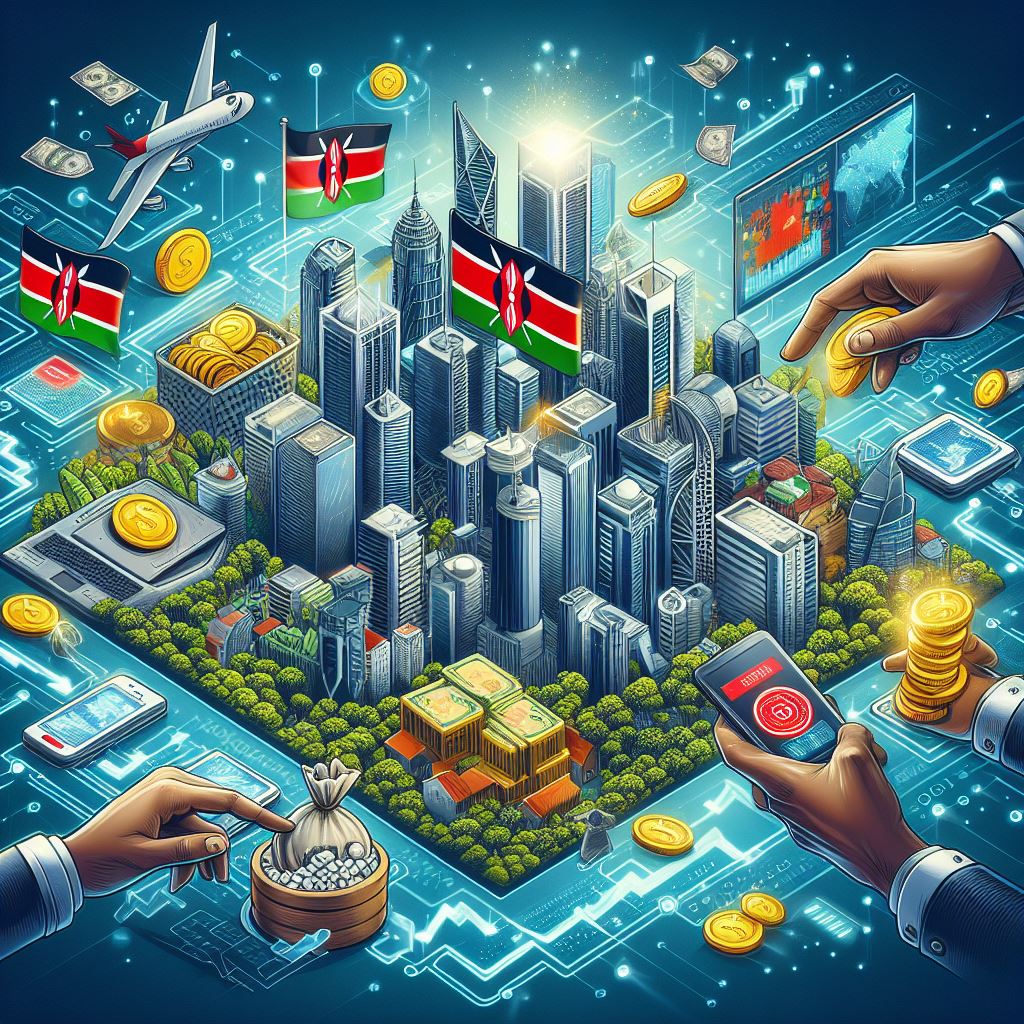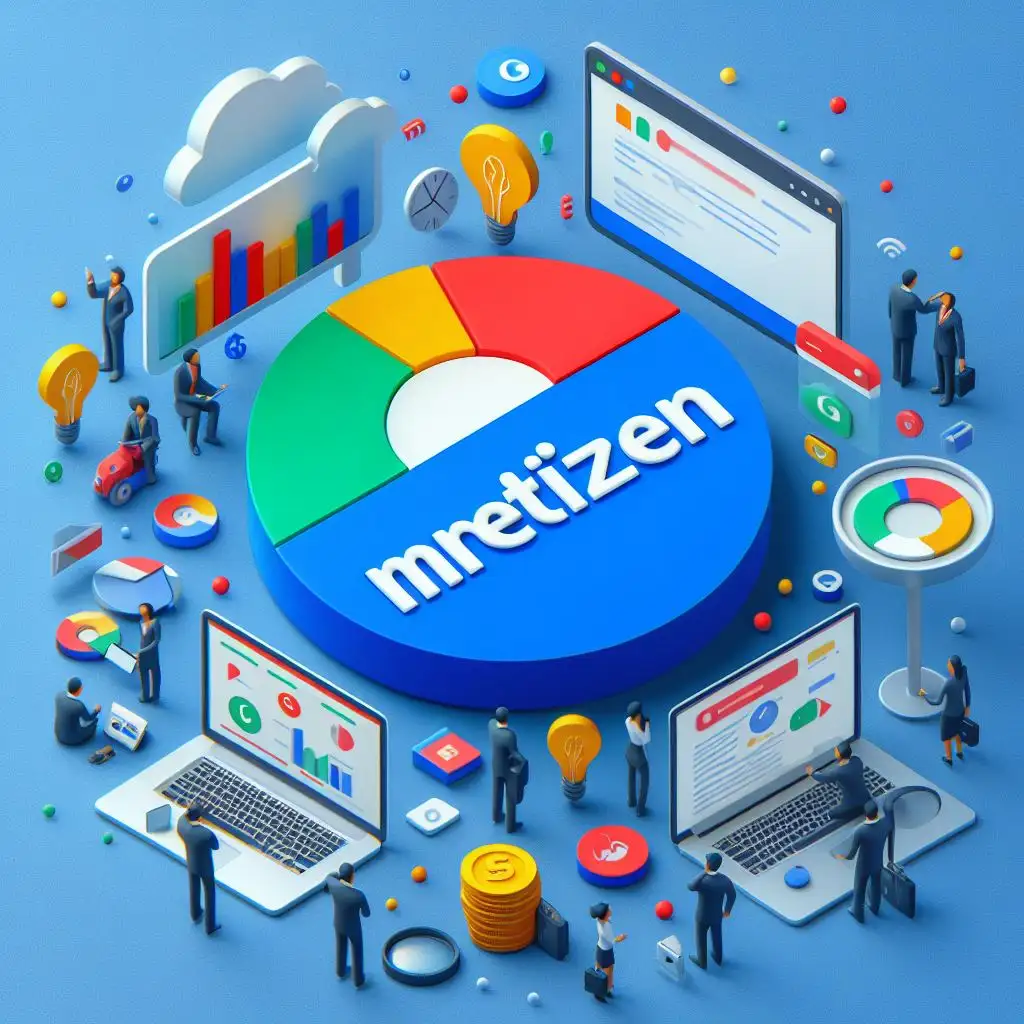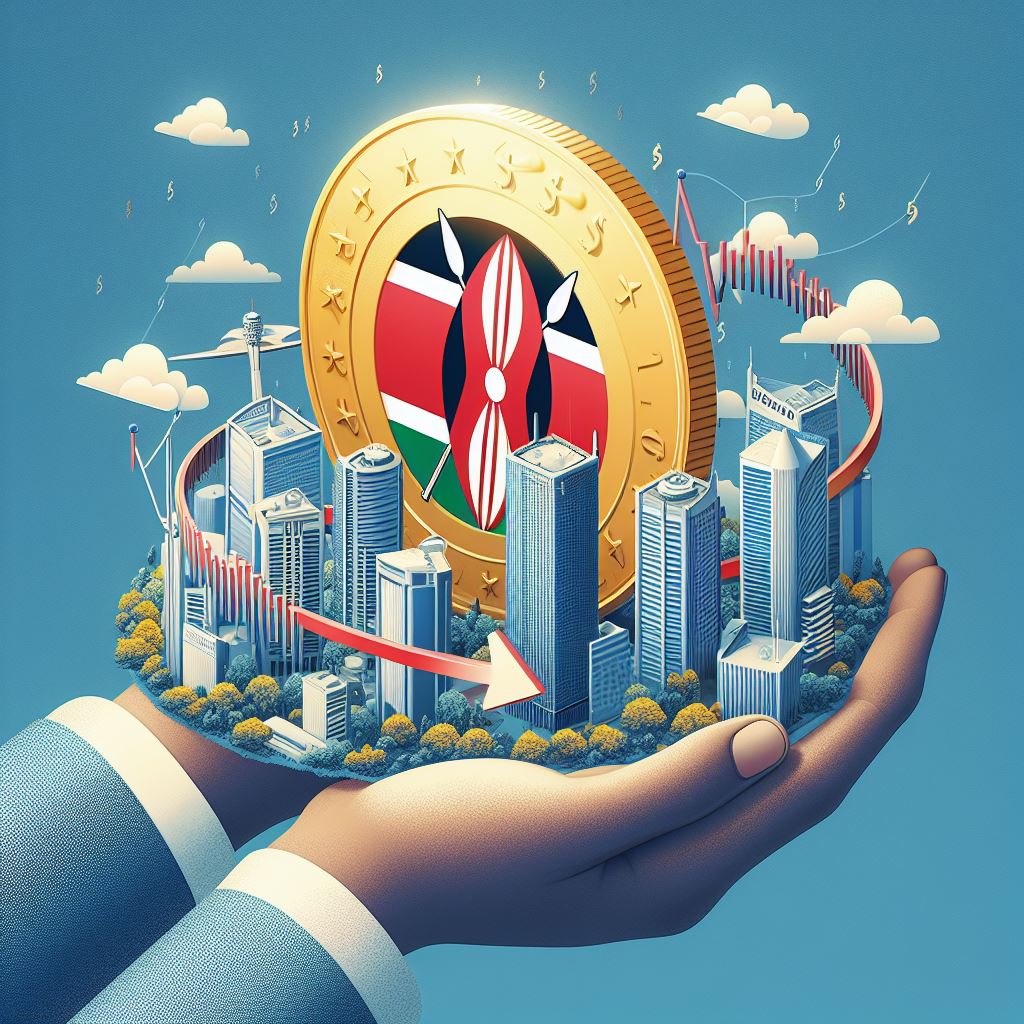The mental health domain of the population in question is not only a narrative of oppression. Some protective factors, including community support, resilience, and affirmation of identity, offset these. This blog will discuss the main mental health issues affecting the LGBTQ+ population as well as the factors endorsing these issues, typical mental health trends among the targeted population, and useful resources that can improve mental health
Introduction
Below is a brief overview of the research topics about groups’ mental health that deserve considerably more attention and consideration: the LGBTQ+ community. The current paper outlines how SGM people – lesbian, gay, bisexual, transgender, queer people, and others – face a variety of psychological issues that arise from individual and social prejudice, self-hostile self-perception, and from the process of identity/role affirmation. Those challenges make mental illnesses and related problems such as depression, anxiety, suicidal thoughts, substance abuse, and others become higher.
Nonetheless, the mental health domain of the population in question is not only a narrative of oppression. Some protective factors, including community support, resilience, and affirmation of identity, offset these. This blog will discuss the main mental health issues affecting the LGBTQ+ population as well as the factors endorsing these issues, typical mental health trends among the targeted population, and useful resources that can improve mental health.
This blog post aims to discuss how mental health and the LGBTQ+ community are interconnected, what difficulties people from the community experience, what mental health results are seen more often, and what helps. It wants to make people accept the members of this community in order to help them lead happy and healthy lives.
1.Discrimination and Stigma: Symptoms of Mental Health Problems & their origin
The main causes of mental disorders among the LGBTQ+ groups include prejudices as well as prejudice from society. Many in the LGBTQ+ community face huge challenges in their psychological health just by being alive in a world that often otherwise excludes or persecutes” them. This stigmatization stems in part from past hate crimes and from a wide variety of current prejudice mechanisms, such as stereotyping and prejudice remarks, social isolation, and refusal to accept one’s orientation.
The Impact of Social Stigma
Gay and lesbians, especially members of the larger LGBTQ+ community, often suffer discrimination, criticism, and rejection from others and society at large in unfavorable circumstances. In an environment in which many countries or regions contain laws criminalizing homosexuality or limiting LGBTQ+ rights, being an LGBTQ+ individual results in experiencing constant stressors, from handling normal tasks to manifesting feelings of erasure, loneliness, and shame. Such chronic patterns of negative social attitudes can be expressed that deteriorate the quality of an individual’s mental health and lead to disorders such as anxiety disorders and depression, as well as PTSD.
The possibility of being embarrassed, expelled, rejected by family and friends, or even stigmatized, harassed, or discriminated against by hate-based violence or bullying is thought to cause severe distress. LGBTQ+ persons may also avoid seeking help in professional workplaces, schools, or hospitals in case mental health issues arise due to fear of discrimination.
IH and IT
Self-accepted homophobia or transphobia is the extent to which an individual has absorbed societal prejudices regarding the person’s sexual preferences. Those who grow up in hostile environments may develop self-hatred or shame over their sexual and gender orientation, which results in low self-esteem, anxiety, and depression, guilt. This internalized prejudice most commonly shows in the manner where one feels that it is somehow wrong to be so or that the difficulties one faces are earned, thus an extra layer of the mental cost.
LGBQT+ is normally received from society and, in most cases, internalized is very dangerous to youths who are still trying to discover themselves. To most, the negative messages from society are accepted when one is most vulnerable to emotional distress. People often have a feeling that they don’t fit the world of hetero/s or the cis, and it can lead to a lack of belonging and self-esteem crises.
2. Mental Health Outcomes: Elevated Risks Among LGBTQ+ Individuals
LGBTQ+ people are at a greater vulnerability compared to their heterosexual and cisgender counterparts to mental health problems. External pressures from discrimination and the hopeless, limited societal acceptance of the condition explain the increased risk.
Mental health, Depression and Anxiety among employees
Current research has also presented positive results that mentally ill individuals, especially those in the queer community, may take their own lives due to rejection or lack of support. The American Psychological Association has revealed that the people of the LGBTQ+ community are about three times more prone to mental health problems than people who are not a part of the community. In many, mental health issues may result from the pressure that is associated with the need to stay closeted, the violence that comes with hatred, or difficulty in finding acceptance or even safety.
People of transgender and non-binary populations adjust worse than others in several domains of life. They are more likely to develop a depressive or anxious disorder because of gender dysphoria, social isolation, and difficulty in obtaining proper health care.
Suicide Ideation and Attempts
LGBTQ+ people are four times more likely to attempt suicide than people who aren’t part of the community, and this may be due to rejection from family and peers. According to The Trevor Project, a 2021 report that showed that about 39% of the LGBT+ youth had contemplated suicide in the previous year, and about 21% of the same attempted suicide. It is significant for those who identify as Transgender youth, for such youth is at high risk of Mental Health issues and, in some cases, considered a Suicidal risk.
It was further revealed that perceived acceptance from family members is a protective factor against suicide among the targeted youth. From the same research, the authors found that those who had accepting families and close friends did not attempt suicide when followed up. Sadly, lesbian, gay, bisexual, and other non-heterosexual youths are often rejected or not understood by their families; this aggravates the way they feel and makes mental illness worse or drives them to hopelessness.
Substance Use and Abuse
Another area where disparities between LGBTQ+ people, and especially LGBTQ+ youth, experience high risks include substance use disorders. Drug dependency is a form of response to be sought for the emotional and psychological vices of rejection, stigma, or trauma. LGB people resort to the use of alcohol or drugs and use them as a way of masking the effects of mental health illnesses and end up aggravating the conditions.
According to an analysis conducted by NIAAA, members of the LGBTQ+ community, especially gay and bisexual men, abuse alcohol and substances much more than heterosexual individuals. Specifically for trans sex workers, it’s evident that there are high risks associated with it due to gender dysphoria and substance use; finding proper support is central.
2. The Coming Out Process:
It can be stressful for many, and little signs of help along the way would be tremendously valuable.
In this article, the authors focus on the process of transitioning, the process of disclosing one’s sexual orientation or gender identity to others. Despite the positive attitude arising from coming out as saying, ‘I am okay, I am accepted,’ coming out can be a stressful experience full of anxiety. One’s fear of rejection from family, friends, or even society brings about extreme emotional loss.
LGBT and Mental Health: Coming Out
What happens when people struggling with their sexual orientation find themselves in an environment where they are unwanted and despised? This results in depression, anxiety, and isolation as rejection, being judged, or even being physically attacked by one’s kin or friends can seriously stunt mental growth. Co-workers' transition, for instance, might create stress to face discrimination, a demotion, or job loss due to being from a minority and in organizations that do not support LGBTQ+ individuals.
On the other hand, those who come out in affirmative atmospheres to other people may let out a sigh of relief, take charge of their lives, and improve their mental health. But it is rarely a one-time event because people have to live their lives on different stages and at different levels, beginning from home and encompassing work, studies, friendships, and other spheres.
4. LGBTQ+ identity
What is important to know here is that the mental health experiences of LGBTQ+ people cannot be isolated from the other parts of their lives. The idea of intersectionality by scholar Kimberléy Crenshaw is about how people’s multiple social identities promote or hinder their opportunities and experiences.
Black, Indigenous, and People of Color
One R Black LGBTQ+ people exist, and they have further marginalized experiences because the world discriminates against them racially and does not regularly support them intersectional. Discrimination based on race, along with the associated stigma for being an LGBTQ+ person, can worsen their mental health condition. Still, queer people of color find themselves in between two worlds that can be very much least inclusive to them for their race or, more explicitly, for their queer identity.
For instance, most black and Latino LGBTQ+ persons say that they have been cast away from both the large queer populace and their individual racial or ethnic groups. These compounded forms of discrimination contribute to a higher probability of developing depression, anxiety, or PTSD.
LGBTQ+ Disabled Persons
Disabled LGBTQ+ persons experience discrimination based on their disability, in addition to the discrimination that LGBTQ+ face in society. Hindrances to mental health result from discrimination in health care services, lack of access to mental health services, and discriminatory attitudes towards disability and sexual or gender minorities.
LGBTQ+ Immigrants
Stressors of immigrants of sexual minority include the threat of deportation, cultural stressors, and racism based on their sexual orientation or gender identity and or immigrant status. On this topic, the following was revealed: Acculturation and integration pressures for sexual minorities and limited access to culturally sensitive psychological help.
5. Access to Mental Health Care: Barriers and Solution
The consumption of mental health services is crucial for managing such disorders as depression, anxiety, and many others, but LGBTQ+ people heavily experience discrimination. LGBTQ+ face discrimination and prejudice, and a shortage of volunteers with specialized training and a scarcity of resources prevent these people from getting necessary help.
Mental Health Limitations
LGBTQ+ persons rarely come out to receive mental health services due to previous experiences of prejudice from service providers and even within the health facility. For transgender people, this might be making appointments with doctors who know nothing about gender-affirming treatment or, in the worst-case scenario, who dislike the idea of transgender persons. These are the major and often interrelated barriers that make it hard for LGBTQ+ persons to access appropriate care; they will have to educate their provider, be it a therapist or a doctor.
Positive and Specialized Approach
Sex-positive therapy—therapy that serves and embraces gay, lesbian, bisexual, and transgender clients.
The framework where the positive change has to be implemented is shown to have a positive effect on the mental health of more than a hundred clients —End users or clients as they are known. In affirmative psychotherapy, the therapist accepts the client's homosexual orientation or gender identity as genuine and relevant. These therapists offer non-judgemental, private, and accepting services that meet the needs of the victims in the multiple areas of difficulties that persons of LGBTQ+ orientation face.
6. Building Resilience: Protective Factors for Mental Health
Visible challenges; and prevalent in the context affect the mental health of the present time, specifically of LGBTQ+ people; however, there are positive resources, too. Such are:
- The rights are based on a supportive environment.
- Belonging to accepting communities.
- Possessing personal strength of accepting oneself.
Community Support
Community support is something that cannot be overemphasized. g people who have marijuana buddies in the LGBTQ+ population have better mental health. Participating in Gay-Lesbian-Bisexual-Transgender-queer organizations, attending encouragement, and associating with people like them offer fulfillment.
For instance, while young people of color and those whose families are low-income earners have poor mental health, the picture is different for these young people if their parents or trustworthy adults approve of their LGBTQ+ identity. One of the most important factors that helps to reduce the impact of many serious mental health issues in gay, lesbian, bisexual, trans, and other sexual minorities is the level of family acceptance associated with coming out. The Family Acceptance Project published a research study in 2013 that stated that young people identified as LGBTQ are generally safe when embraced by their families, as well as are less likely to indulge in risky behaviors, including substance use or suicide attempts.
Pride in self and Acknowledgment of self-worth
Developing pride in one’s identity is crucial to developing one's minimal level of resilience. When an individual's spirit accepts the LGBTQ+ aspect, it becomes easy for that individual to handle the congested lifestyle. Parades, Gay and lesbian presence in the media, and positive portrayal also help in the aspect of androgeny in the community.
7. Moving Forward: Achieving Mental Health Advocacy and Support Checklist
In general, it is necessary to expand the perspectives of increasing positive outcomes in the mental health and quality of life of people of the LGBTQ+ community. Support of those policies, which aim to protect the rights of the members of the queer community, to widen the access to mental health resources, and to fight against social marginalization. LGBTQ+ persons will need to receive quality mental health that is affordable with a service delivery that embraces them for mental health disparities in the community to be reduced.
So, in creating accepting environments at schools, workplaces, healthcare facilities, families, etc., we still have the opportunity to reduce the risk associated with the mental health of the LGBTQ+ population. Everyone should stand up and support equals and equal rights for the LGBTQ+ community, including peers, caregivers, therapists, teachers, religious groups, and police.









